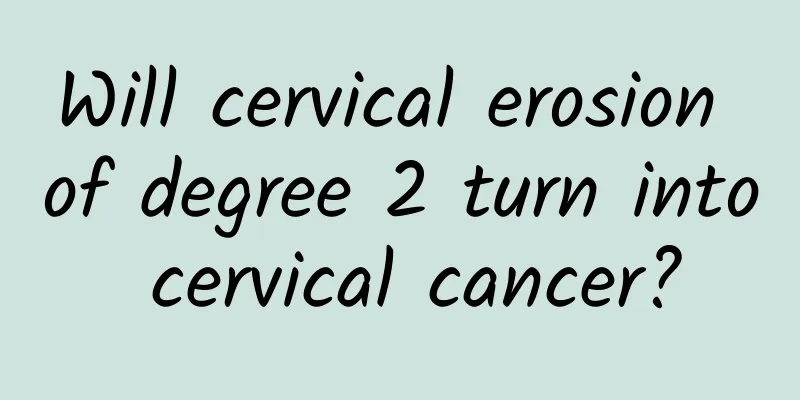What harm will multiple abortions cause to the body

|
Artificial abortion is a remedy for women who have failed to obtain contraception. This operation is relatively safe and simple, so it is also a commonly used method of terminating pregnancy in clinical practice. However, according to clinical observation, frequent artificial abortions are often complicated by a series of other diseases, such as the following: Habitual abortion Too many artificial abortions can easily lead to habitual abortion. Multiple abortions can cause the cervix to relax. When the patient becomes pregnant again, usually in the second trimester, the fetus grows, the amniotic fluid increases, the gravity in the uterine cavity increases, the fetal sac protrudes to the internal cervical os, the cervix gradually shortens and expands, and the patient is usually unaware of symptoms. Later, the fetal membrane ruptures and the fetus can be expelled, causing abortion. Uterine perforation Multiple pregnancies and multiple abortions will cause the endometrium to be repeatedly scraped, making the uterine wall soft and thin. During the abortion operations such as dilating the cervix, measuring the uterine cavity with a probe, suction, and scraping, uterine perforation may occur, which is dangerous. Endometriosis After an artificial abortion, adhesions and narrowing may occur at the cervical opening, preventing menstrual blood from flowing out. This may cause menstrual blood to accumulate in the uterine cavity and then flow back into the abdominal cavity. Endometrial cells may be implanted in the abdominal cavity, forming endometriosis. amenorrhea Multiple abortions cause the endometrium to be scraped repeatedly, causing it to become thinner. If the scraping is too deep during the operation, it will damage the basal layer of the endometrium and cause amenorrhea. Infertility Repeated artificial suction and scraping of the uterus will make the uterine wall thinner and thinner, and the fertilized egg will not be able to implant. In addition, multiple abortions can easily lead to uterine perforation, fallopian tube blockage, cervical adhesion, etc., greatly increasing the chance of infertility. |
<<: Daily care after ovarian cystectomy
>>: Four types of uterine fibroids
Recommend
What are the common symptoms of congenital absence of vagina?
Women with congenital absence of vagina should ac...
What to eat in summer to recover from uterine fibroid surgery
The summer diet after uterine fibroid surgery sho...
What are the Western medical treatments for pelvic peritonitis?
I believe everyone is familiar with pelvic perito...
What medicine can cure amenorrhea quickly?
What medicine can cure amenorrhea quickly? Amenor...
How much does it cost to surgically treat congenital absence of vagina?
Congenital absence of vagina is a rare disease, w...
How much does cervical erosion surgery cost?
The cost of cervical erosion surgery is still ver...
What is the physical examination for acute ectopic pregnancy?
We know that the physical examination of acute ec...
Who says vegetarians are less likely to suffer from stroke? (superior)
Even vegetarians must be careful not to consume t...
Are cystic uterine fibroids benign or malignant?
Are cystic changes in uterine fibroids benign or ...
The occurrence of ectopic pregnancy may be related to functional abnormalities
The occurrence of ectopic pregnancy may be relate...
How long does it take to get your period after an abortion?
Depending on the woman's individual constitut...
How to preserve frozen and refrigerated New Year’s dishes? Let the leftovers cool and then refrigerate? Nutritionists teach you how to prevent bacteria from growing
The Spring Festival is approaching, and every hou...
Does uterine fibroids require surgery? Treatment methods for uterine fibroids
We often hear that there is surgical treatment fo...
How much does bacterial vaginosis surgery cost?
Bacterial vaginitis is not as terrible as many wo...
Do you know what symptoms and dangers of vaginitis?
What are the symptoms and dangers of vaginitis? W...









